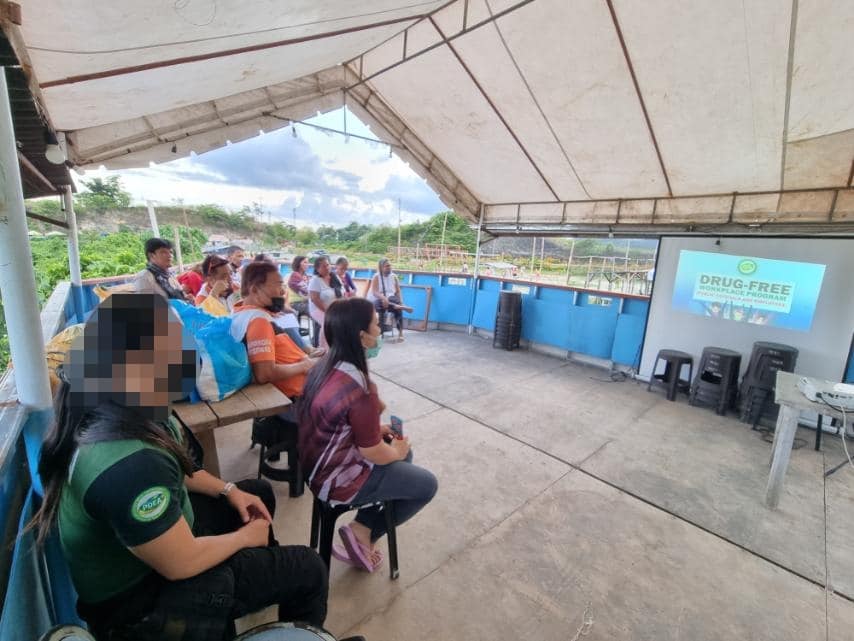CEBU CITY, Philippines — Latest records from the Philippine Drug Enforcement Agency in Central Visayas (PDEA-7) showed that of the 3,003 barangays in the region, a total of 1,329 are declared “drug-cleared,” and other 116 villages are declared as “drug-free” barangays.
These figures came from the July 2022 deliberation of the Regional Oversight Committee (ROC) on the Barangay Drug Clearing Program (BDCP) of the agency.
But how does a barangay achieve this status?
PDEA-7 information officer Leia Alcantara emphasized the difference between these two statuses.
“Drug-cleared” barangays, she explained, are those which were previously considered drug-affected barangays (due to the presence of drug personalities, like illegal drug users, pushers, and the presence of drug dens), but have undergone processes to verify their efforts and campaigns in solving drug problem in their areas.
Barangays that are considered “drug-free” are those barangays without the reported presence of illegal drug users, pushers, or any illegal drug activities at all.
Alcantara said once the ROC-BDCP verifies the documents submitted by a drug-affected barangay, showing that their Barangay Anti-Drug Abuse Council (BADAC) are functional and effective and all of the identified drug personalities in their barangays are accounted for, the barangay earns the status of being “drug-cleared.”
“Buot pasabot, ni graduate sa CBDRP, or na enrol sa Balay Silangan, and katong mga wala ni voluntarily surrender na address nato thru the conduct of anti-illegal drug operation, na sustain ang ilang reduction efforts, those are critical requirements nato,” she added.
BADAC assists law enforcement agencies in the eradication and clearing operations of illegal drugs. CBDRP, on the other hand, stands for Community-Based Drug Rehabilitation Program.
Improvement
Moreover, Alcantara said most of the drug-cleared barangays in the region are those which are least-populated barangays.
Currently, she said, Central Visayas has 1,558 drug-affected barangays (51.88 percent).
Though this figure is still significant, Alcantara said this shows an improvement, considering that the drug affectation rate of the region when they started their intensified campaign against illegal drugs in 2016 was at 97 percent.
“Dako kaayo ang improvement sa atoang drug situation in the region, and isa g’yod na sa among gipanguptan nga really our campaign is successful,” she said.
Another round of deliberation is scheduled in October 2022.
/bmjo
READ MORE:
PDEA-7 implements priority programs to save drug victims, surrenderees
Can a drug-cleared barangay status be reverted?
